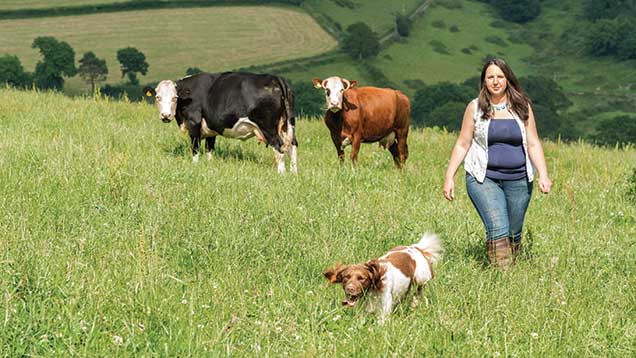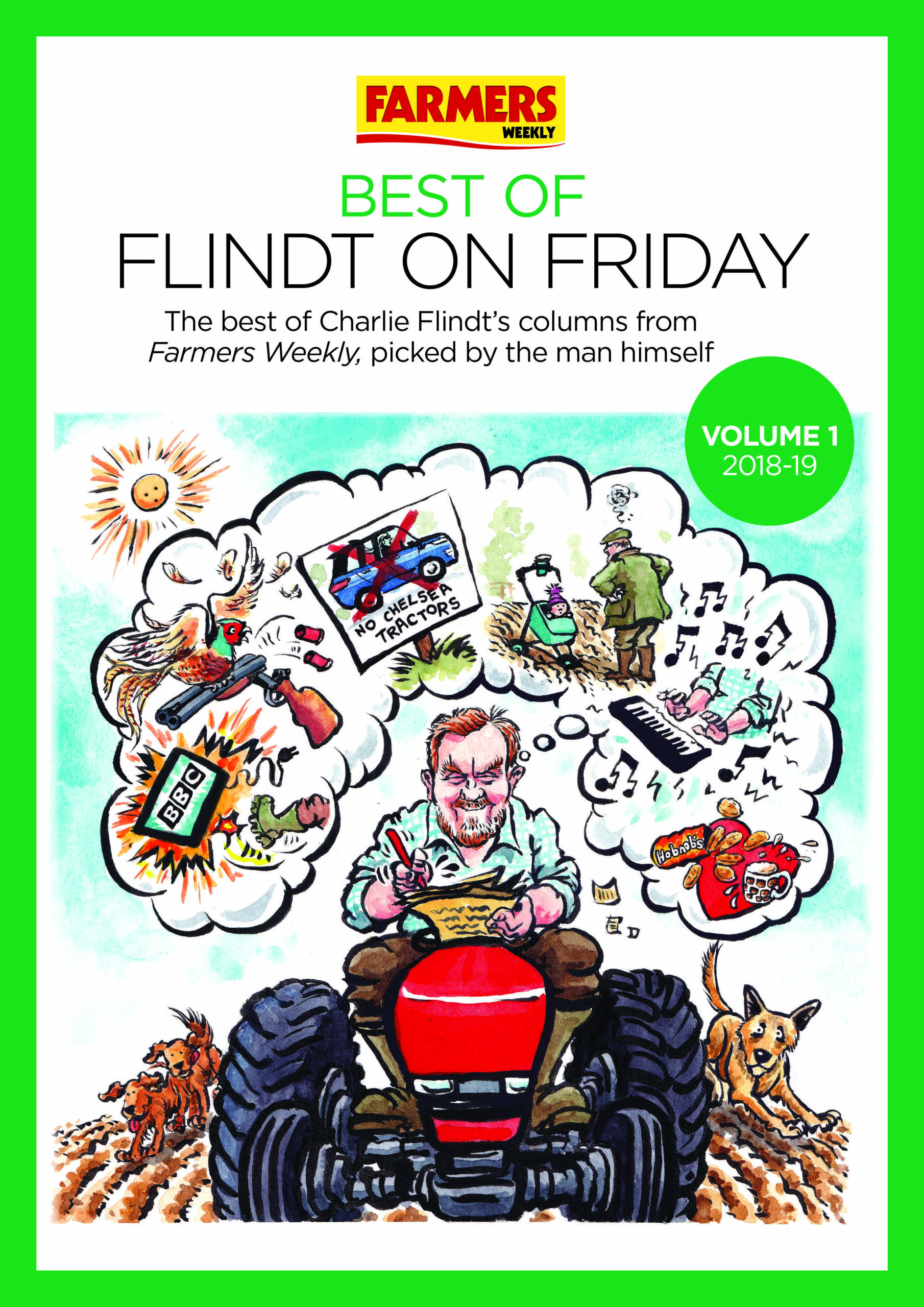Opinion: No farm is an island – we need to work together
 Jess Jeans © Keith Meatheringham/Dobson Agency.co.uk
Jess Jeans © Keith Meatheringham/Dobson Agency.co.uk I was fortunate enough to have been able to travel extensively prior to settling down to start our farm. It was a real education for me to see how the livestock industry operates internationally.
I was often struck by how much bigger everything seemed – both in terms of the size of farms and the way the entire industry worked together.
See also: Farmer collaboration: UK still way behind Europe
Farmers seemed to be working towards a common aim, be it higher yields or a stronger market.
In our corner of Britain, farms can often seem to operate more like islands, each busily beavering away to carry out the same tasks and then competing against each other in the marketplace to achieve the best prices.
Great gains
It seems to me that much could be gained from greater collaboration and integration between farms to increase productivity and reduce overheads.
We have recently taken the decision to specialise our own business to focus solely on producing suckled store cattle and selling them between nine and 12 months to specialist finishers.
This has already allowed us to make better use of grass and infrastructure and means that we can increase the size of our herd significantly, which can dramatically spread our overhead costs.
Selling stock younger has really focused our minds on quality and achieving high growth rates to ensure the stores look tip top when we sell them.
This, of course means that the finishers get bullocks that will finish quickly and efficiently, thereby supporting their profitability.
However, often between the breeder and the finisher is a market and then sometimes a dealer.
Each takes a cut for gathering the animals together in one place, parading them round a ring then loading them up and taking them to another farmer who then pays a higher price than what the breeder received.
The “middlemen” in the beef industry seem to be making the money because farmers aren’t working together effectively.
Sting in the tale
Of course the trade doesn’t always work in the dealer’s favour but we have been stung by markets and dealers on several occasions. The most recent, and I’m still listening to William grumbling about it, was last autumn.
We sold a trio of in-calf Limousin heifers at a breeding sale and they made about 40% less than what we were expecting – unfortunately we couldn’t make it to the sale or we would have brought them home.
This was bad enough, but about six weeks ago we had a phone call from a farmer who had purchased them from a dealer a few months later for a lot more than what we got for them. He wanted the sire name as they had all calved to our Angus bull.
He was delighted with his purchase. Will thanked him, gave him the information that he needed and proceeded to sulk for about a week. This is an extreme example, but I’m sure we have all been there.
Livestock markets do have an important role to play in the trade of animals but I’m sure we could all be better at sharing information so that we might trade on a more level playing field.
Roll of the dice
I often find selling stores is a bit like gambling.
You load your cattle, take them to a market, they get lotted up, pushed round the ring, and the price you receive is based on which buyers turn up and the quality and quantity of the other stock there that day.
Sometimes you might come out on top, with several buyers wanting your lot and prepared to pay a premium to secure them. Others you lose – no large dealers appear, or there is a glut of your type of stock in the market.
Of course, supply and demand is how the economy works. But the cattle were sold on the basis of a buyer’s quick appraisal from the ringside, not on weight or estimated breeding values (EBVs).
Information exchange
There is so much we can do to make our farms more efficient, but the performance information we want buyers to know gets lost as soon as the cattle enter the ring.
Likewise, the information that breeders can use to improve their stock rarely filters back through the supply chain. We can improve our product by knowing how our cattle graded and how long they took to finish.
It can inform our choice of bull and the feeding regime we use, yet there seems to be very little enthusiasm for developing a more integrated beef industry.
We often hear about how there is a lack of quality cattle on the market but the industry could improve this by developing a system whereby information could be passed up and down the supply chain.
Breeders should be paid for the quantifiable characteristics of their stock, not on the whims of dealers and cattle markets.
The value of lifetime assurance
There is a lot of concern around lifetime assurance at the moment; I see it as an opportunity to safeguard the industry.
Clearly much work should be done to make sure all farmers are able to achieve assurance without requiring a lot of extra investment.
Developing integration through an assurance scheme could provide real opportunities for all livestock producers – as long as we take ownership of it.
Top-down mandates on what standards and procedures we should follow will only alienate and fracture the farming community.

